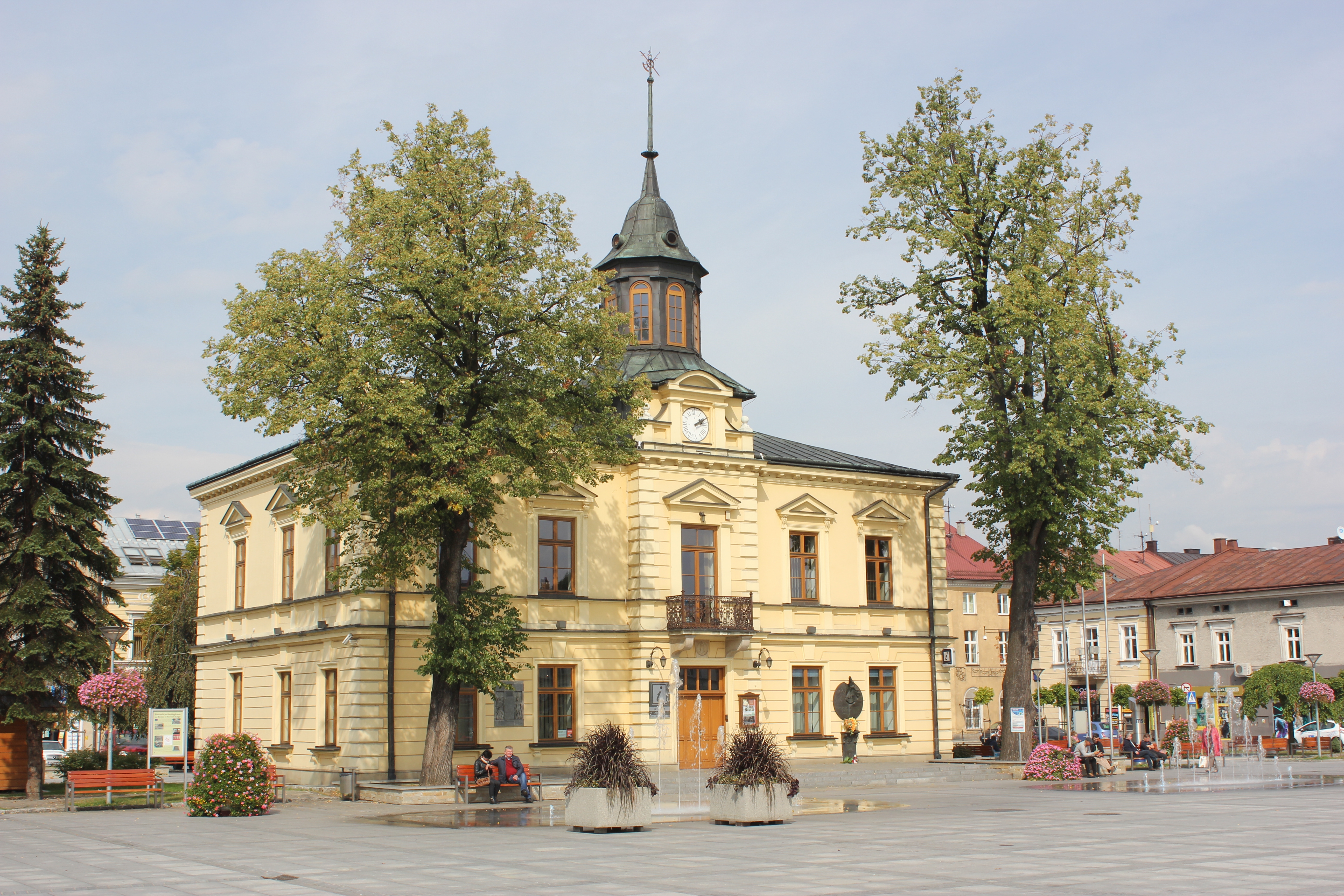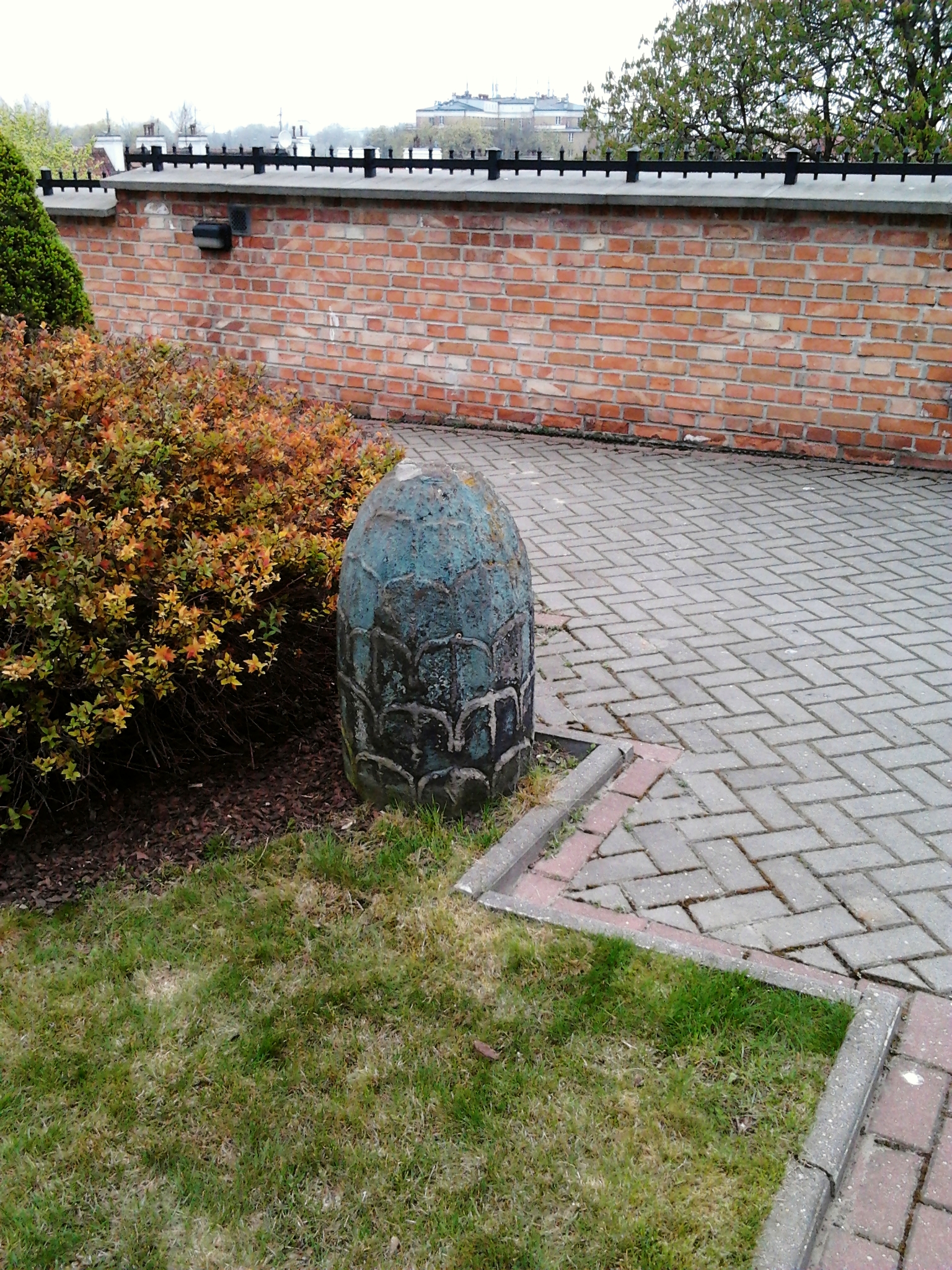|
Adam Kazanowski
Adam Kazanowski (c. 1599 – 25 December 1649) was a noble of the Polish–Lithuanian Commonwealth from 1633, Greater Crown Stolnik from 1634, Court Chamberlain (''podkomorzy koronny'') and castellan of Sandomierz from 1637, Court Marshall from 1643, żupnik of Wieliczka from 1642, starosta of Barcicki and Borysowski, Kozienicki, Rumieński, solecki, Nowotarski, Warecki, Bielski and a close and influential friend of King Władysław IV Vasa. Biography Early life Together with his brother, Stanisław Kazanowski (starost of Krosno, Jaworów and Przedbor), Adam was raised with crown prince Władysław. He accompanied him during his attempt to become a Russian Tzar, in the Chocim war of 1621 and the 1620s European voyage. In 1631 he became the starost of Barcko. When Władysław became king in 1634, he was showered with gifts and new official titles. In 1634 he became the starost of Borysowo, and gained the rank of ''podstoli'' and soon after that, ''stolnik''. Later that ... [...More Info...] [...Related Items...] OR: [Wikipedia] [Google] [Baidu] |
Kazanowscy
file:Marcin Kazanowski.JPG, 180px, Marcin Kazanowski (1563/1566-1636) Kazanowski (plural: Kazanowscy) was a Polish szlachta, noble family. Magnates in the 16th and 17th century. Their origins are traced either to Nowy Kazanów, Kazanów in Opoczno County or Kazanów, Masovian Voivodeship, Kazanów near Lubartów. Notable members *Dominik Kazanowski (d. 1485) – one of the first notable members of the family in Poland. In 1473 he was granted royal permission to buy Biała, Lublin Voivodeship, Biała. *Zygmunt Kazanowski (1563–1634) *Marcin Kazanowski (1563/66–1636) *Adam Kazanowski (1599–1649) *Dominik Aleksander Kazanowski (1605–1648) *Marianna Kazanowska (1643–1687) Palaces Kazanowski Palace Warsaw.jpg, Kazanowski Palace in Warsaw See also *Ciepielów, Masovian Voivodeship *Kazanowski Palace References Bibliography * ''Polski Słownik Biograficzny'', tom XII, Kraków-Wrocław 1966-1967 * Stanisław Szenic, ''Pitawal warszawski'', tom I, Warszawa 1957 * ... [...More Info...] [...Related Items...] OR: [Wikipedia] [Google] [Baidu] |
Nowy Targ
Nowy Targ (Officially: ''Royal Free city of Nowy Targ'', Yiddish: ''Naymark'', Goral Dialect: ''Miasto'') is a town in southern Poland, in the Lesser Poland Voivodeship. It is located in the Orava-Nowy Targ Basin at the foot of the Gorce Mountains, at the confluence of the Czarny Dunajec and the Biały Dunajec. It is the seat of the Nowy Targ County and the rural Gmina Nowy Targ, as well as the Tatra Euroregion. With 33,293 inhabitants, Nowy Targ is the largest town and the historic capital of Podhale, as well as its main commercial, communication and industrial center. The town has the Podhale State Vocational University and the highest located airport in Poland. Established before 1233, Nowy Targ received city rights on June 22, 1346 from King Casimir the Great. The historic architectural and urban complex of the town with a medieval market square has been preserved to this day. Toponymy In 1233, a settlement called in pl, Stare Cło, lit=Old Toll ( la, Antiquum T ... [...More Info...] [...Related Items...] OR: [Wikipedia] [Google] [Baidu] |
Habsburg
The House of Habsburg (), alternatively spelled Hapsburg in Englishgerman: Haus Habsburg, ; es, Casa de Habsburgo; hu, Habsburg család, it, Casa di Asburgo, nl, Huis van Habsburg, pl, dom Habsburgów, pt, Casa de Habsburgo, la, Domus Habsburg, french: Maison des Habsbourg and also known as the House of Austriagerman: link=no, Haus Österreich, ; es, link=no, Casa de Austria; nl, Huis van Oostenrijk, pl, dom Austrii, la, Domus Austriæ, french: Maison d'Autriche; hu, Ausztria Háza; it, Casa d'Austria; pt, Casa da Áustria is one of the most prominent and important dynasties in European history. The house takes its name from Habsburg Castle, a fortress built in the 1020s in present-day Switzerland by Radbot of Klettgau, who named his fortress Habsburg. His grandson Otto II, Count of Habsburg, Otto II was the first to take the fortress name as his own, adding "Count of Habsburg" to his title. In 1273, Count Radbot's seventh-generation descendant Rudolph I of German ... [...More Info...] [...Related Items...] OR: [Wikipedia] [Google] [Baidu] |
Treaty Of Naples (1639)
Treaty of Naples was a political-military agreement between the Kingdom of Spain and the Kingdom of Poland, signed in Naples in late 1639. The Polish king Władysław IV agreed to raise an army of 17,000 men, which would consist of 12,000 cavalry and 5,000 infantry. Following transit across the imperial territory, the troops were to be employed under Spanish command in Flanders against the French. The Spanish king Felipe IV, apart from covering recruitment and maintenance cost, was to pay the Polish monarch 500,000 Neapolitan escudos. The Poles almost immediately demanded re-negotiation of the treaty, which resulted in another agreement concluded in 1641; the Spaniards were to pay more for an even smaller army. This treaty was not implemented either, and the Madrid court cancelled the deal in early 1642. The treaty remains the only bilateral Spanish-Polish military alliance agreement ever concluded between the two countries. Spain and Poland until mid-1630s Until the early modern ... [...More Info...] [...Related Items...] OR: [Wikipedia] [Google] [Baidu] |
Praga
Praga is a district of Warsaw, Poland. It is on the east bank of the river Vistula. First mentioned in 1432, until 1791 it formed a separate town with its own city charter. History The historical Praga was a small settlement located at the eastern bank of the Vistula river, directly opposite the towns of Old Warsaw and Mariensztat, both being parts of Warsaw now. First mentioned in 1432, it derived its name from the Polish verb ''prażyć'', meaning ''to burn'' or ''to roast'', as it occupied a forested area that was burnt out to make place for the village. Separated from Warsaw by a wide river, it developed independently of the nearby city, and on 10 February 1648 king Władysław IV of Poland granted Praga with a city charter. However, as it was mostly a suburb and most buildings were wooden, the town was repeatedly destroyed by fires, floods and foreign armies. Currently the only surviving historical monument from that epoch is the Church of Our Lady of Loreto. Altho ... [...More Info...] [...Related Items...] OR: [Wikipedia] [Google] [Baidu] |
Kazanowski Palace
The Kazanowski Palace ( pl, pałac Kazanowskich), also known as the Radziejowski Palace, was a large palace in Warsaw, occupying the place where the Charitable Center ''Res Sacra Miser'' stands today. History When prince Władysław Vasa (future King Władysław IV of Poland) became an adolescent, his father Sigismund III Vasa bought him a wooden mansion at the Krakowskie Przedmieście in Warsaw. Shortly after his return in 1628 from a journey to Western Europe the prince ordered Constantino Tencalla a court architect to build him a new palace in the Italian style. Tencalla created one of the most wonderful palaces ever built in Warsaw. In 1632, prince Władysław gave the palace to his favourite, Adam Kazanowski; this caused a serious misunderstanding with the King, and a special Sejm committee was appointed to determine the circumstances behind this gesture. In 1637, Kazanowski enlarged the building, holding to Tencalla's original designs. The new structure was a large four ... [...More Info...] [...Related Items...] OR: [Wikipedia] [Google] [Baidu] |
Hieronim Radziejowski
Hieronim Radziejowski (1612—August 8, 1667) was a Polish noble, politician, diplomat, scholar and a military commander. He was the governor of Sochaczew since 1643 and Deputy Chancellor of the Crown between 1650 and 1652. He also served as Marshal of the Sejm on November 13 – March 27, 1645 in Warsaw. He came into conflict with King John II Casimir when he found out that his wife, Elżbieta Słuszka was the King's mistress. Radziejowski started to conspire against the King with the enemies, and as a result was sentenced to infamy and banishment (exile) in 1652 by the Sejm Tribunal. He left Poland for Sweden, and convinced the Swedish to attack the Commonwealth. In 1655, Radziejowski accompanied the Swedish forces during their invasion of Poland in the course of The Deluge. He played an important role in persuading the militia (pospolite ruszenie) to surrender at Ujście. In 1662 he was pardoned by the Sejm. In 1667 he went on a diplomatic mission to the Ottoman Empire and die ... [...More Info...] [...Related Items...] OR: [Wikipedia] [Google] [Baidu] |
Chocim
Khotyn ( uk, Хотин, ; ro, Hotin, ; see other names) is a city in Dnistrovskyi Raion, Chernivtsi Oblast of western Ukraine and is located south-west of Kamianets-Podilskyi. It hosts the administration of Khotyn urban hromada, one of the hromadas of Ukraine. According to the 2001 Ukrainian census, it has a population of 11,124. Current population: Khotyn, first chronicled in 1001, is located on the right (southwestern) bank of the Dniester River, and is part of the historical region Bessarabia. Important architectural landmarks within the city include the Khotyn Fortress, constructed in the 13-15th centuries (new fortress started in 1325, major improvements in the 1380s and 1460s), and two 15th century constructions by Moldavia's ruler Stephen the Great: the Prince's Palace (''Palatul Domnesc'') and the city's clock tower. Historically, the town was part of the Principality of Moldavia (1359–1432, 1459–1538, 1541–1562, 1572–1615, 1617–1620, 1621–1673, 167 ... [...More Info...] [...Related Items...] OR: [Wikipedia] [Google] [Baidu] |
Tzar
Tsar ( or ), also spelled ''czar'', ''tzar'', or ''csar'', is a title used by East and South Slavic monarchs. The term is derived from the Latin word ''caesar'', which was intended to mean "emperor" in the European medieval sense of the term—a ruler with the same rank as a Roman emperor, holding it by the approval of another emperor or a supreme ecclesiastical official (the Pope or the Ecumenical Patriarch)—but was usually considered by western Europeans to be equivalent to "king". It lends its name to a system of government, tsarist autocracy or tsarism. "Tsar" and its variants were the official titles of the following states: * Bulgarian Empire (First Bulgarian Empire in 681–1018, Second Bulgarian Empire in 1185–1396), and also used in Tsardom of Bulgaria, in 1908–1946 * Serbian Empire, in 1346–1371 * Tsardom of Russia, in 1547–1721 (replaced in 1721 by ''imperator'' in Russian Empire, but still remaining in use, also officially in relation to several regio ... [...More Info...] [...Related Items...] OR: [Wikipedia] [Google] [Baidu] |
Russia
Russia (, , ), or the Russian Federation, is a List of transcontinental countries, transcontinental country spanning Eastern Europe and North Asia, Northern Asia. It is the List of countries and dependencies by area, largest country in the world, with its internationally recognised territory covering , and encompassing one-eighth of Earth's inhabitable landmass. Russia extends across Time in Russia, eleven time zones and shares Borders of Russia, land boundaries with fourteen countries, more than List of countries and territories by land borders, any other country but China. It is the List of countries and dependencies by population, world's ninth-most populous country and List of European countries by population, Europe's most populous country, with a population of 146 million people. The country's capital and List of cities and towns in Russia by population, largest city is Moscow, the List of European cities by population within city limits, largest city entirely within E ... [...More Info...] [...Related Items...] OR: [Wikipedia] [Google] [Baidu] |



_collage.jpg)



